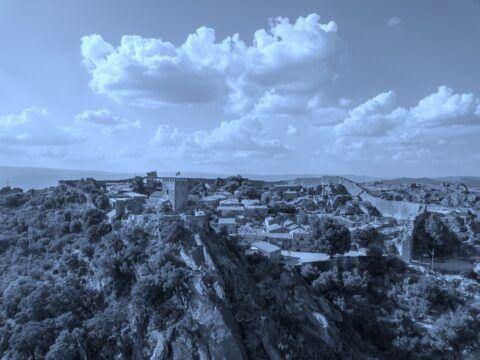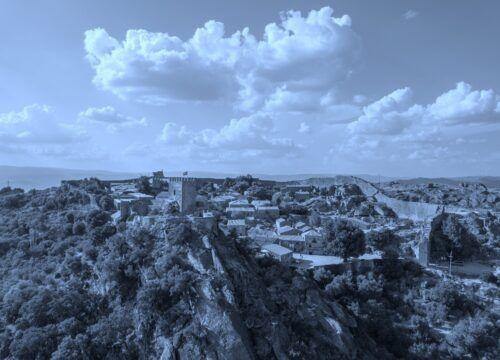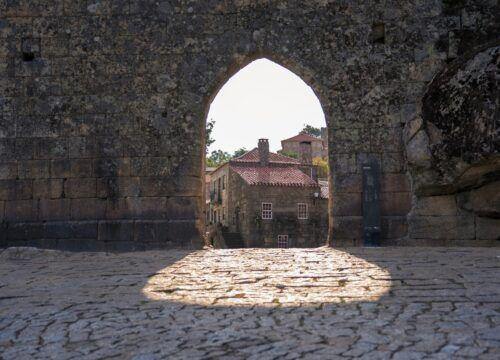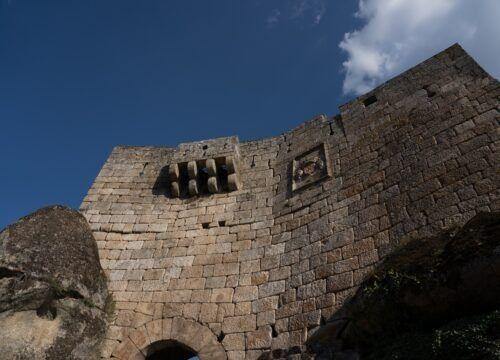Sortelha
SHORT HISTORY
In 1228, king D. Sancho granted a charter to Sortelha and decreed the construction of the castle, which became part of the fortifications that, on both sides of the Côa river, protected the border this king had defined. After the border was redefined, the town faced long years of decadence, due to the loss of its military importance. With D. Manuel the town once again received some royal attention, being granted a new charter in 1510 in an attempt to promote its repopulation and economic development, having also carried out some improvements in the castle, as proven by the royal coat of arms flanked by the armillary spheres on the front gate. Other traces of this period include the pillory and some houses with distinctive architectural elements.
Its distance from the border and the poverty of the area caused the town to lose importance, until the council was extinguished in 1855, being integrated into Sabugal.
FOR A VISIT
Since it belongs to the network of Historical Villages of Portugal, the town is amply known, attracting thousands of visitors every year. The works carried out at the end of the 1990s restored the town’s ancient feel, with many of the characteristics of a village from the early 16th century.
Its walls are still standing, following some improvement works, surrounding ancient buildings. On an elevated area, the castle and its keep, a porch with machicolations over the entrance and a cistern inside; as we walk through the town’s steep streets, we come across 15th- and 16th- century houses, some of which with Late Gothic/Manueline elements. Near the entrance to the castle, the town’s political centre includes the pillory, the old Town Council and prison. Close by, we find the main church, from 1573.
Leaving the town through the New Gate, we will come across two medieval Portuguese customary units, engraved on the wall. Here we are also able to visit the ancient hospital of Misericórdia, the church of Saint Rita and also enjoy the wonderful landscape over Cova da Beira, with a backdrop of Serra da Estrela.
Near the postern and the Facho tower, we can still find the “Old Lady’s Head” boulder.
Download the flyer here




